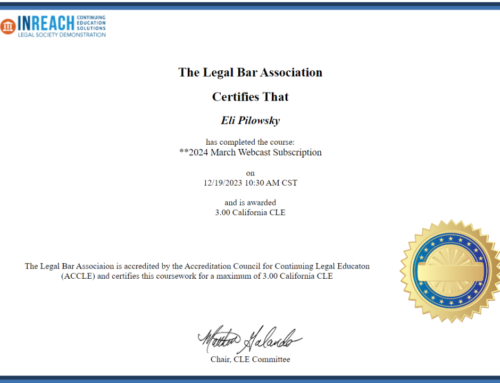One of the hot topics in on-line continuing education these days is SCORM. In fact, the term is being so commonly used that it runs the risk of becoming just another acronym tossed around without true comprehension of its meaning. So now is a good time to focus on SCORM, understand what it means to the field of on-line continuing education, and why everyone is so excited by it.
SCORM stands for “Sharable Content Object Reference Model” and is a set of technical standards that define how learning content is made for on-line consumption. The value in having a standard means that the content is “playable” by numerous learning management systems (LMSs).
A good analogy is a JPEG. You can view a picture saved as a JPEG on many devices (computer, tablet, iPhone, Android phone, or Kindle) using many different programs. However, a picture saved as a .psd file can only be viewed using Photoshop, which creates a lot of restrictions. A JPEG is what we, in the technical world, call “platform independent”. A SCORM compliant course is similarly “independent” since it can be accessed by any continuing education management system or learning management system that is also SCORM compliant.
If this is still a bit confusing, looking at the origins of SCORM might help. Back in the 90’s online training was very popular in numerous departments of the Federal government. Unfortunately, there was no uniformity. Each department developed its own content, and used a different CEMS or LMS system to deliver the content. So, even if one department had a great training program, it literally couldn’t be accessed by another department. Sick of all the redundancy and inefficiency, the President ordered that a set of standards be created and used so that content could be shared among departments. This Executive Order was the genesis of SCORM and its focus on interoperability.
So given that SCORM has been in existence for a while, why is it only now impacting the world of continuing education? That will be the topic of the next blog.






